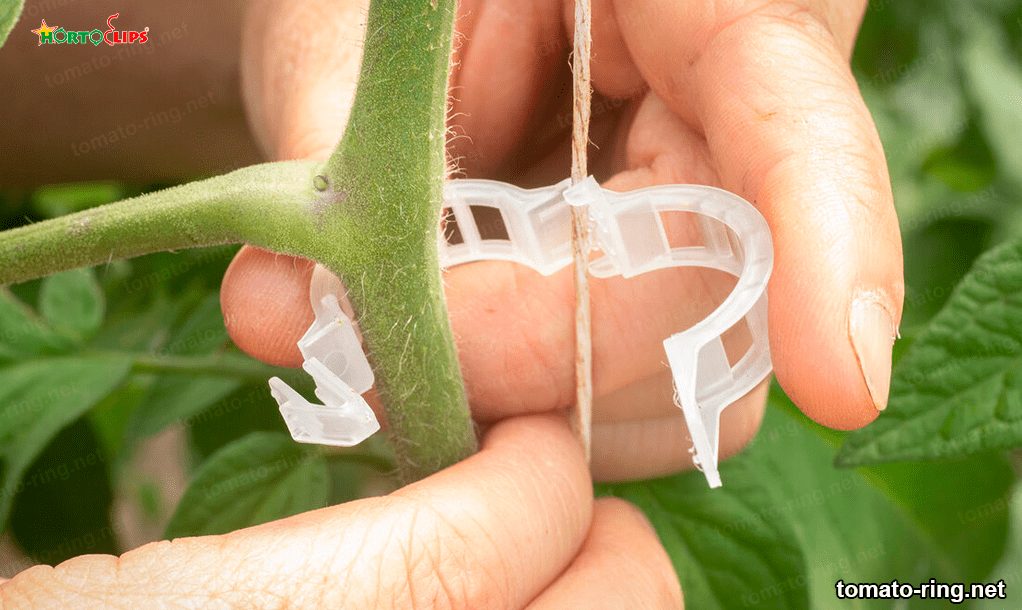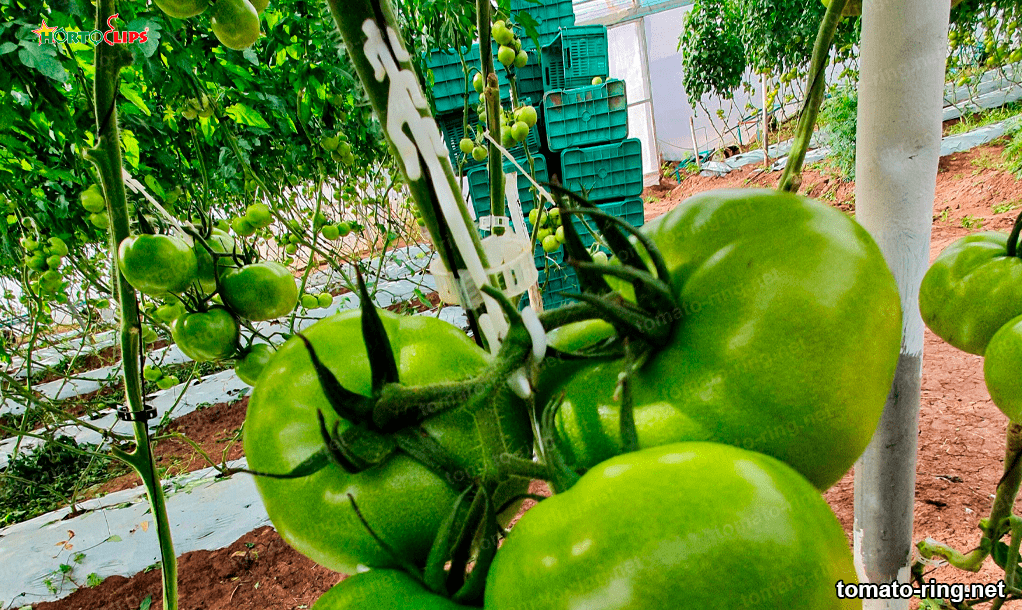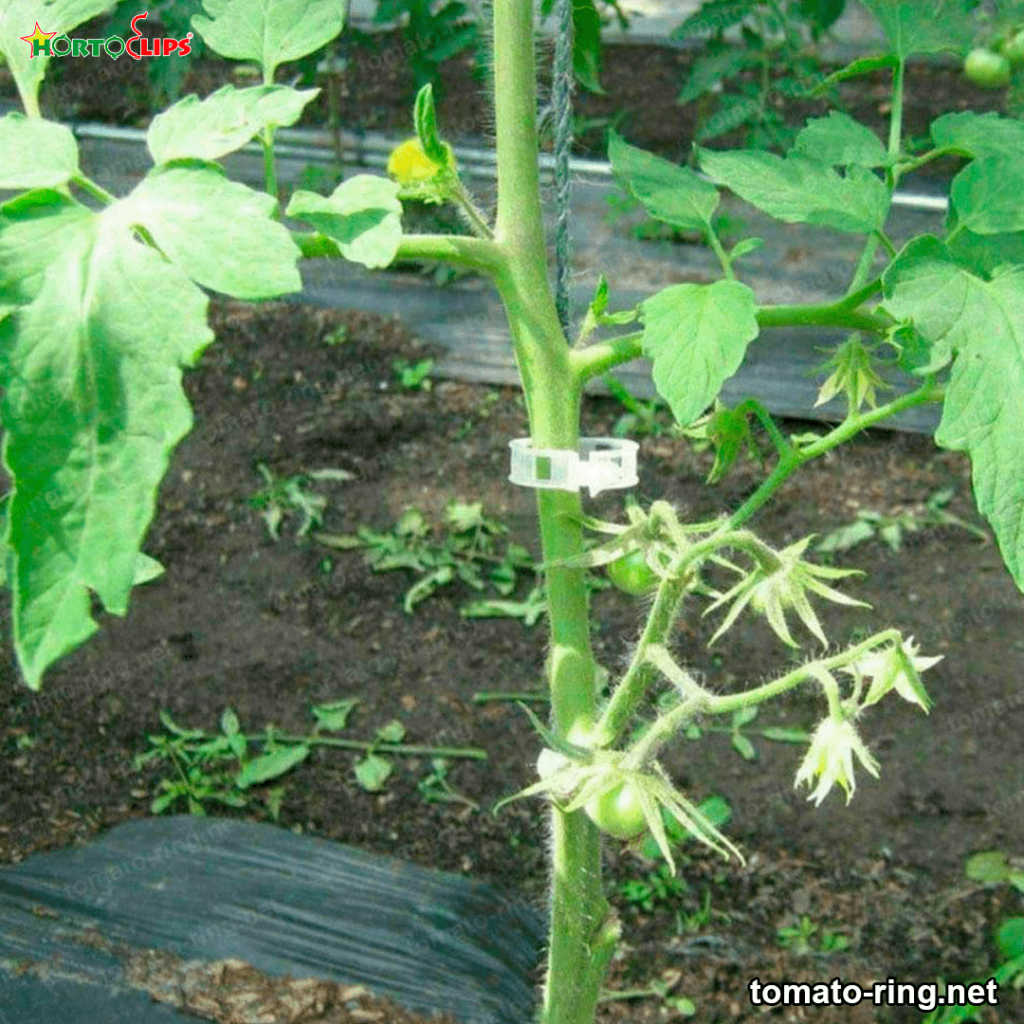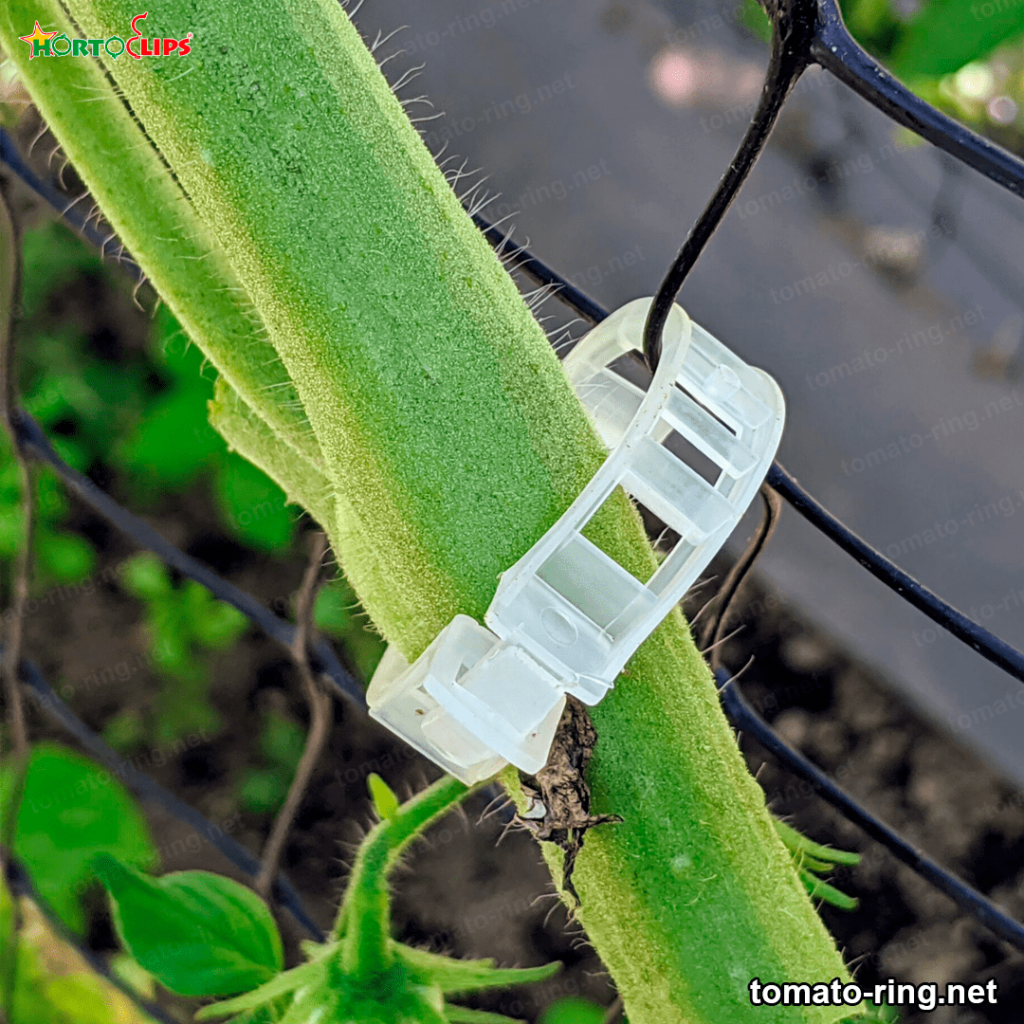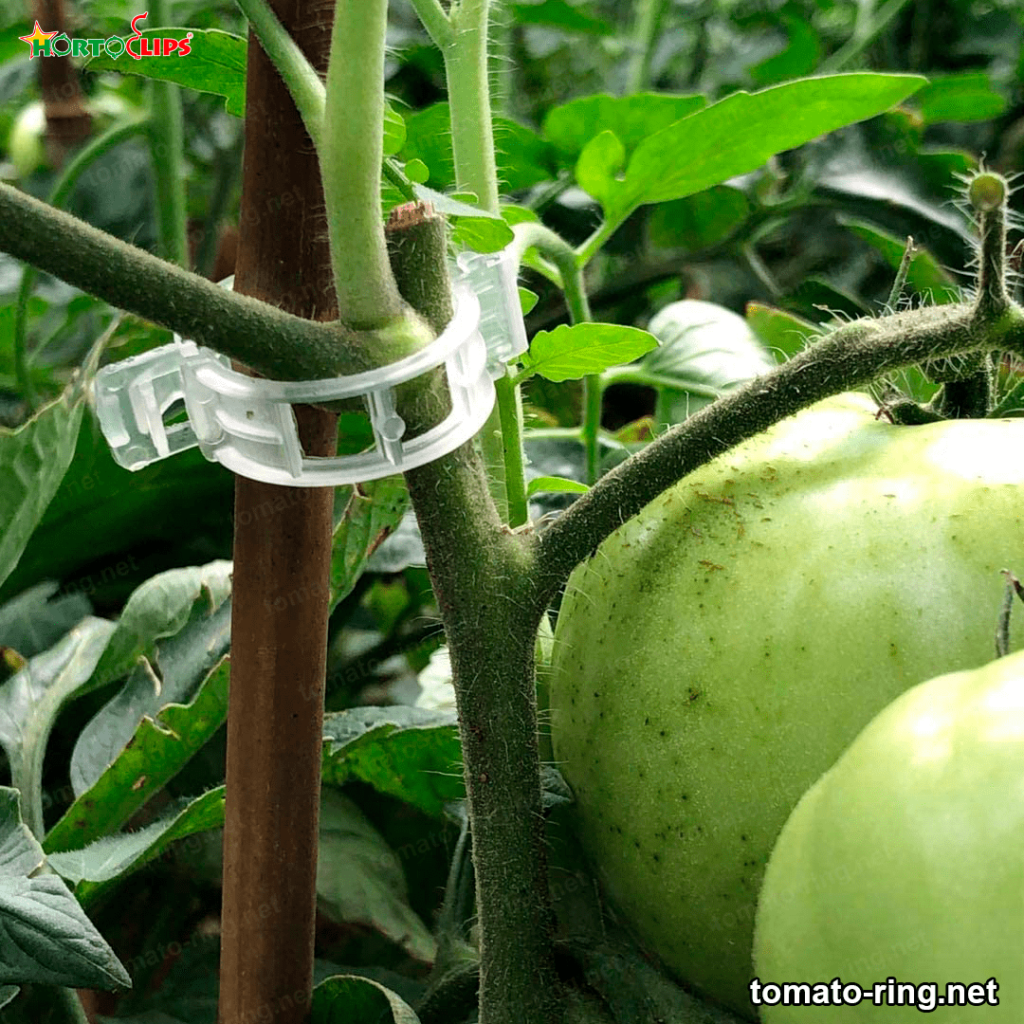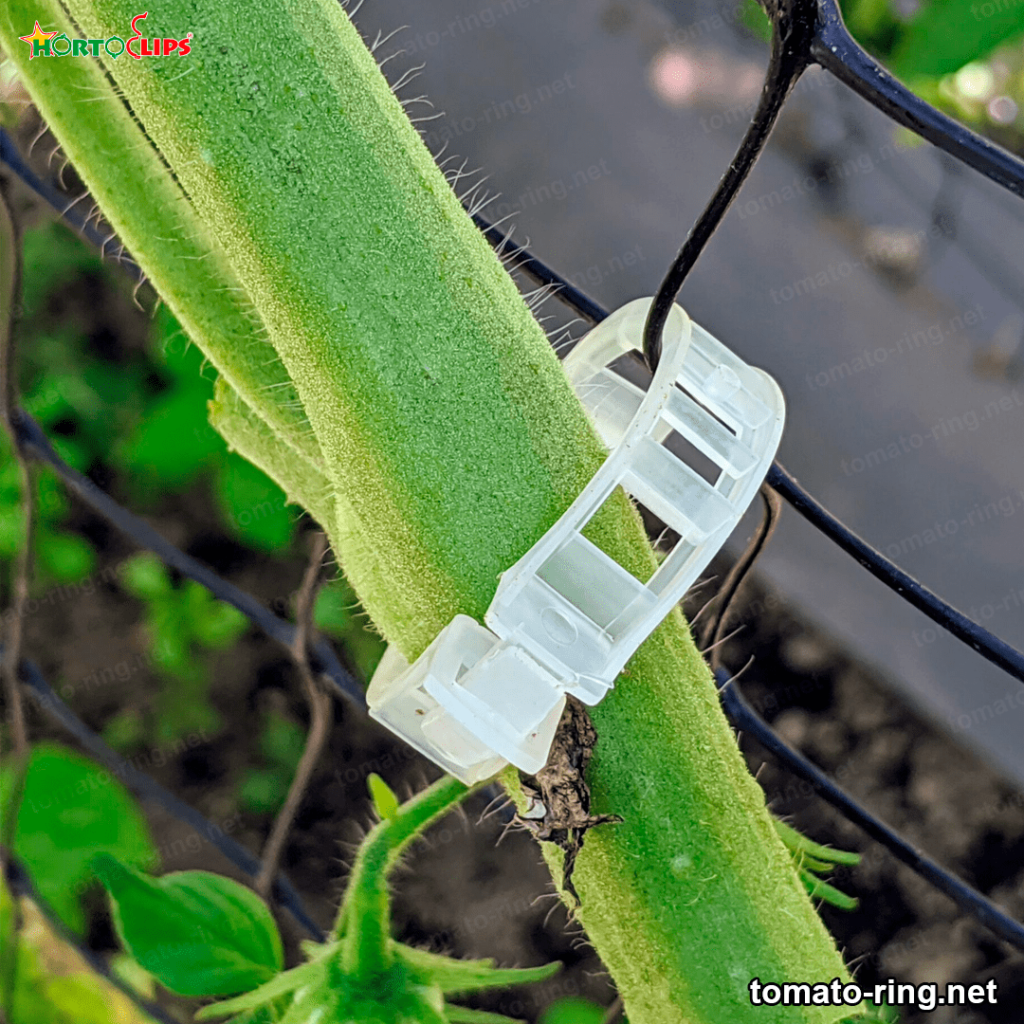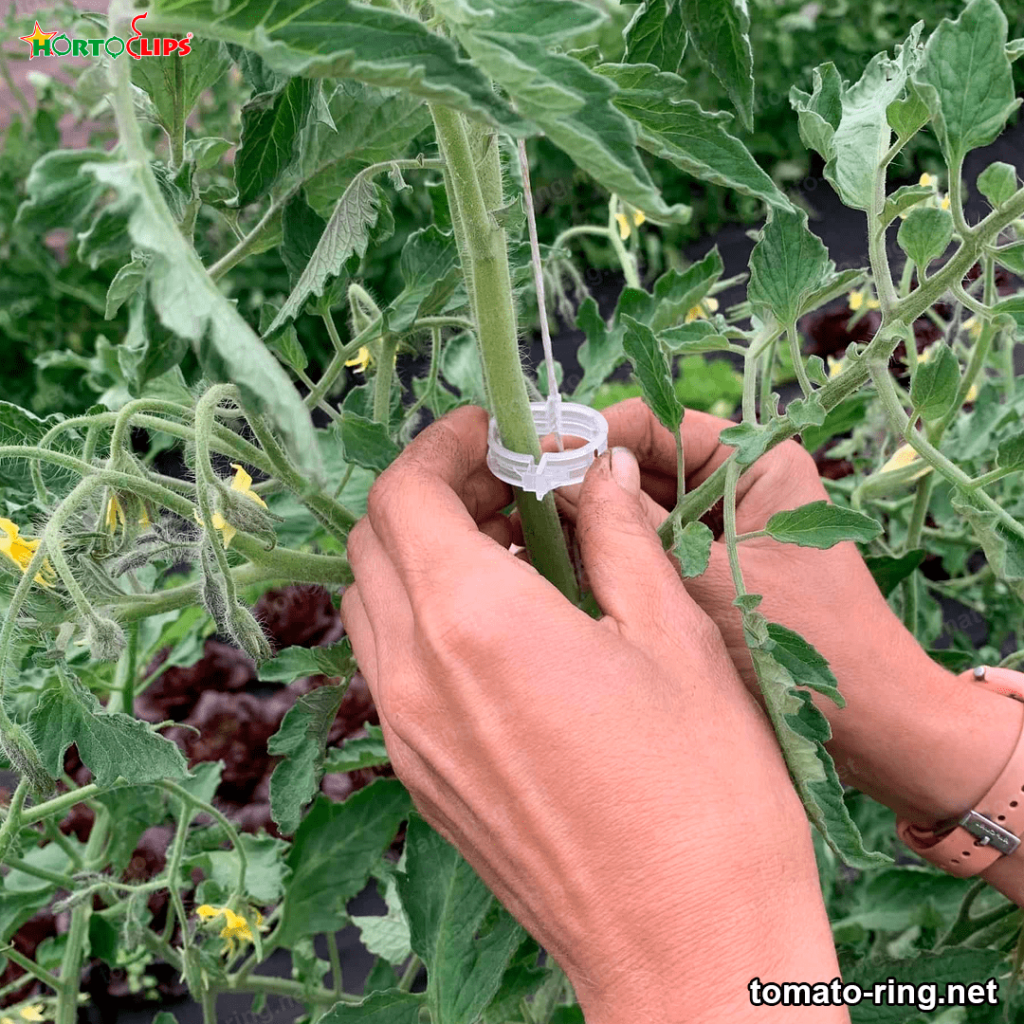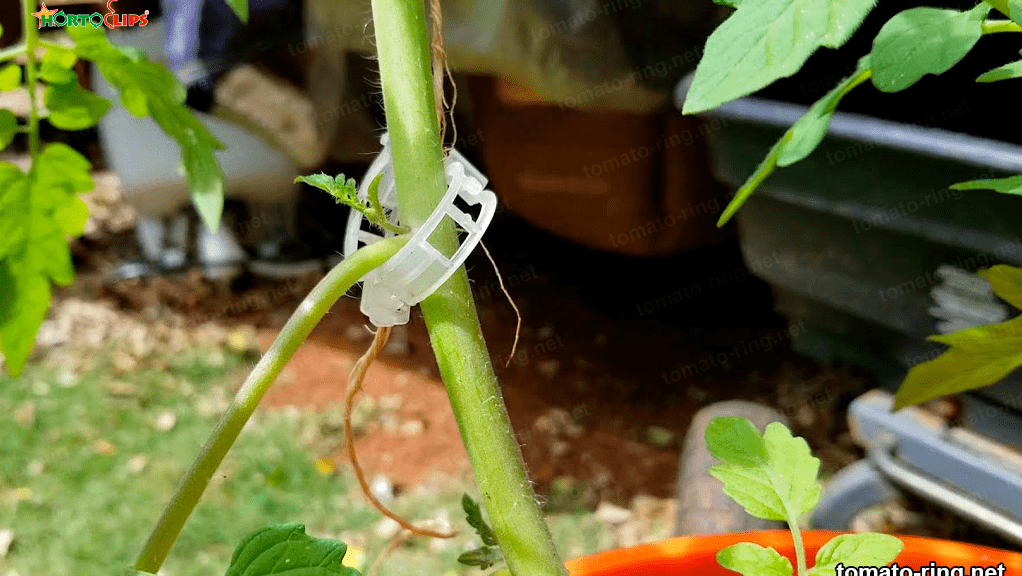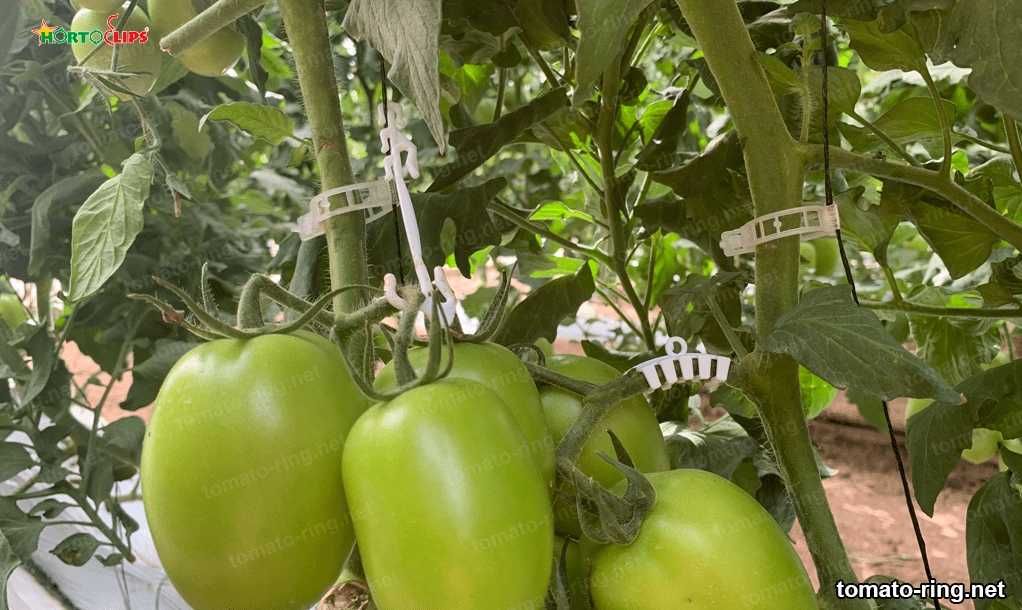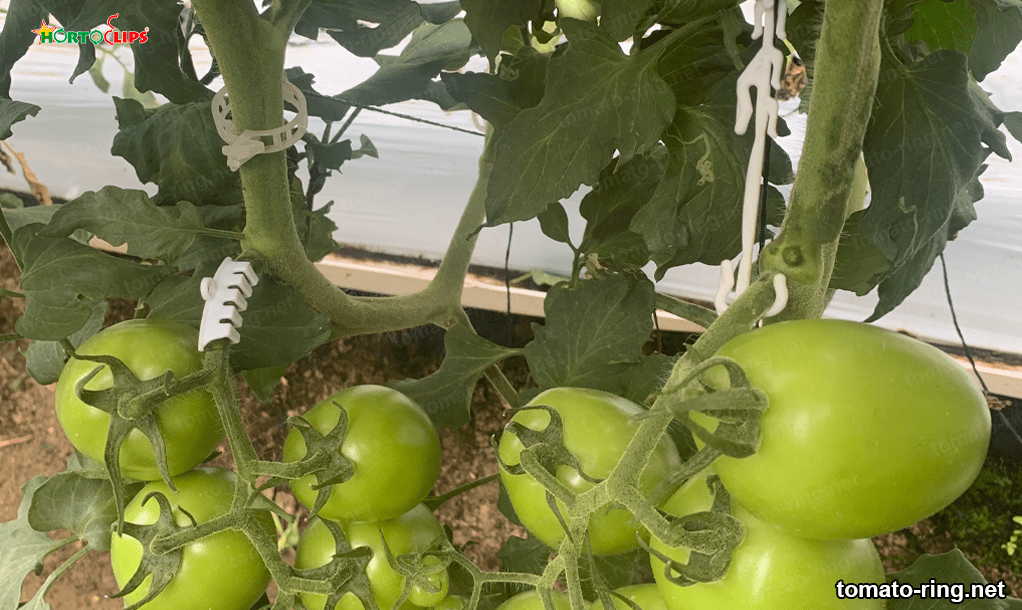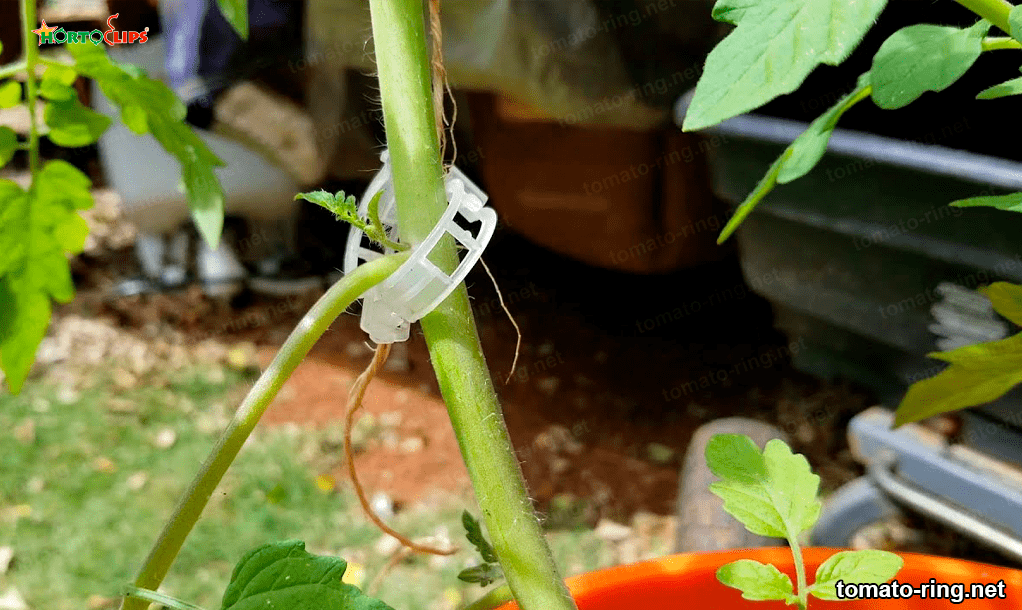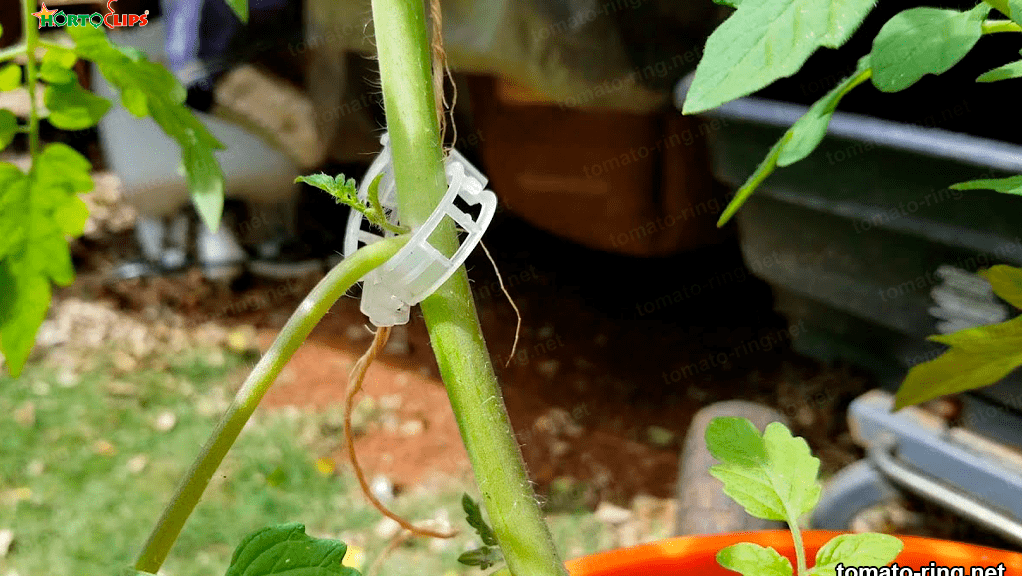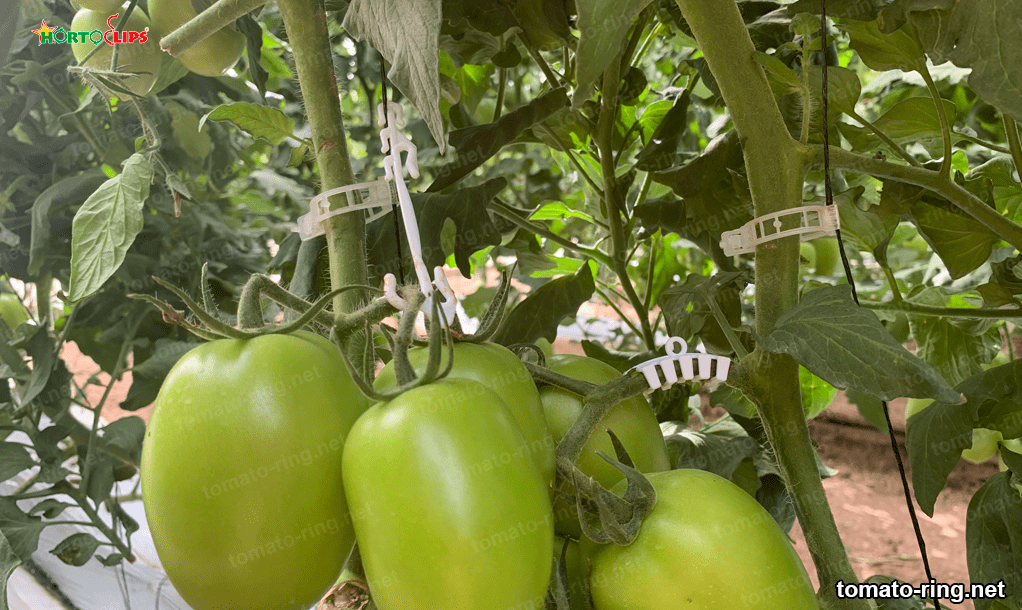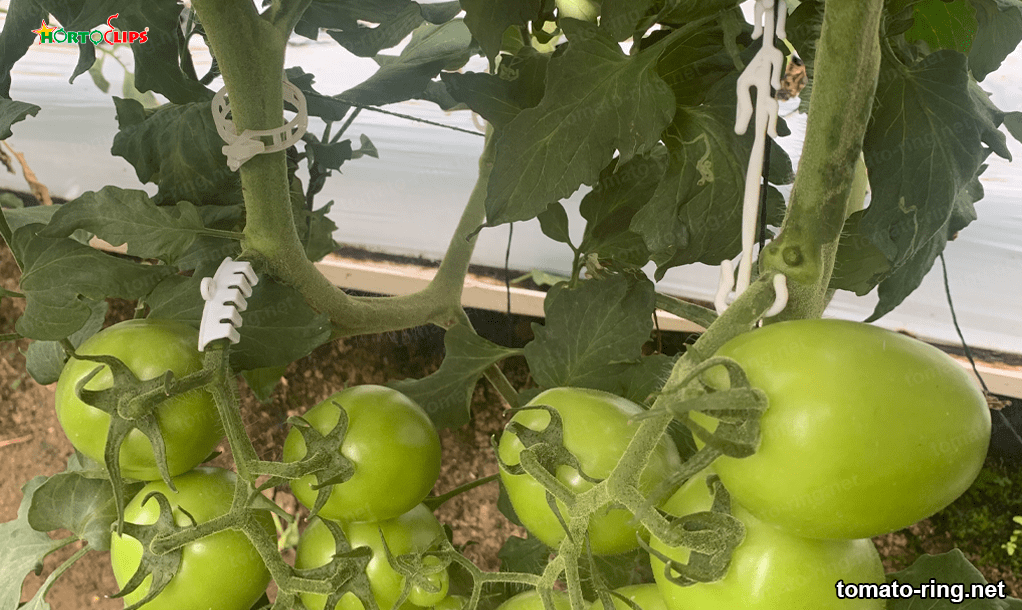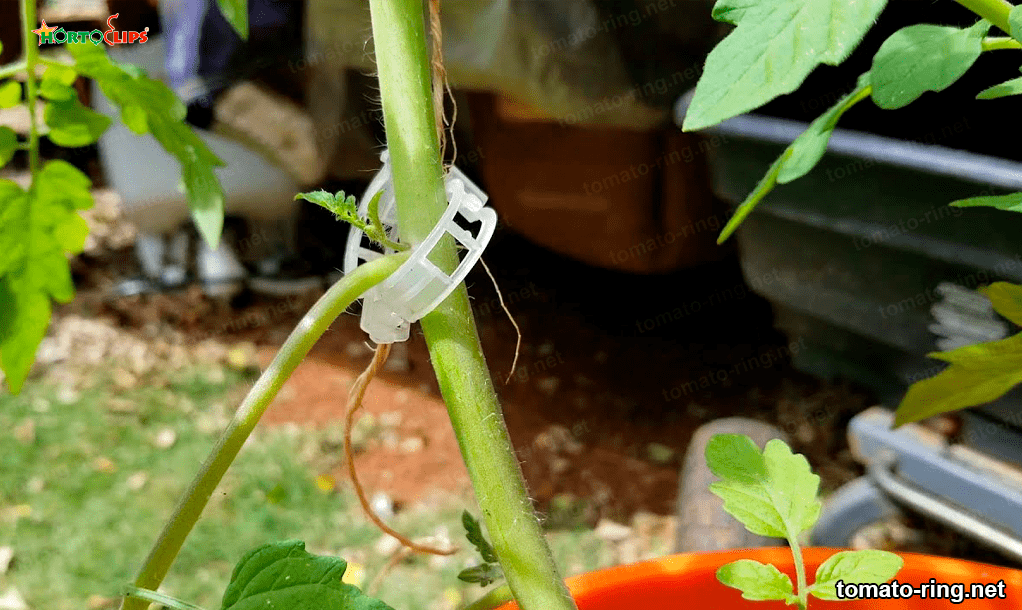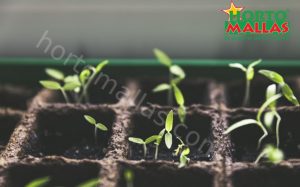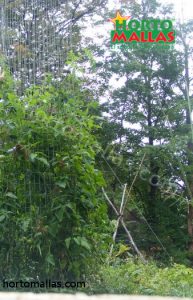If you want to grow healthier, more productive tomato support ring, you should consider tomato ring growing. This technique is designed to maximize root growth, improve nutrient uptake, and create a stronger, more resilient plant. Using this method can help you grow better yields, tastier tomatoes, and use your garden space more efficiently. Whether you’re a beginner or an experienced gardener, understanding tomato ring growing can help you take your gardening skills.
How Does Tomato Ring Growing Work?
Tomato ring growing involves growing tomato plants in a bottomless container, or “ring,” over a nutrient-rich growing medium. The method works by separating the root system into two distinct sections. The upper roots grow inside the ring, where they absorb essential nutrients from compost or high-quality soil, while the lower roots extend into the soil or a water reservoir below the ring. This double root system provides the plant with a constant supply of nutrients and moisture, promoting stronger growth and increased fruit production.
One of the main benefits of this method is that it prevents the soil from becoming too compacted around the roots, allowing for better aeration and reducing the risk of disease. By keeping the roots well-nourished and hydrated in separate areas, the plant thrives in optimal conditions, promoting healthier growth and higher yields.
Benefits of tomato support ring
Stronger, More Resistant Root System
Dividing the roots into separate zones promotes the development of a healthier, more efficient root system. The upper roots absorb nutrients more efficiently, while the lower roots have constant access to moisture. This combination creates a stronger, more resilient plant that can withstand environmental stress and fluctuations in water availability.
Higher Yield and Better Fruit Quality
tomato support ring that have constant access to nutrients and water tend to produce more flowers and, ultimately, more fruit. Because the plant receives an optimal balance of resources, tomatoes are typically larger, juicier, and more flavorful. This makes tomato ring growing an excellent option for gardeners looking to maximize their yield.
Better Water Management and Less Waste
By allowing the lower roots to grow into a well-watered base, the plant receives a constant supply of moisture. This method greatly reduces the risk of over- or under-watering, common problems that can compromise the health of plants. Because water is absorbed efficiently, there is also less waste, making this technique environmentally friendly.
Lower Risk of Soil-Borne Diseases
Keeping the upper roots in fresh compost rather than directly in garden soil minimizes the risk of soil-borne diseases that can weaken or kill tomato plants. Many common tomato diseases, such as downy mildew and root rot, thrive in compacted or contaminated soil. With ring growing, the plant’s upper roots remain in a controlled environment, reducing the risk of infection and resulting in overall healthier plants.
Ideal for greenhouses and small spaces
This method is especially useful for greenhouse growers and those working with limited space. Because ring growing tomatoes promotes vertical growth and an organized root system, it allows you to grow strong, productive plants without the need for large raised beds. It is also ideal for raised beds and container gardening, making it a versatile choice for a variety of growing.
How to Prepare for Tomato Ring Growing
To tomato support ring growing in your garden, start by choosing a sturdy, bottomless container, such as a plastic ring, a cut-up bucket, or a homemade cylinder made from a large flower pot. Place the ring on a prepared base of well-watered soil or a moisture-retaining material, such as sand, gravel, or a water reservoir.
Fill the ring with nutrient-rich compost, making sure this gives the plant a strong start. Plant the tomato seedling inside the ring, gently pressing the roots into the compost. As the plant grows, keep the soil at the bottom moist, adding liquid fertilizer to the compost as needed.
As the roots
